- Jul 12, 2018
- 9,342

|
OPERATION SOARING PHOENIX II |
TOP SECRET |

| 
AIR FORCE DEPLOYMENT | 
|
|

AIR FORCES DISTRICT OF WASHINGTON
| Unit | Airbase | Aircraft | Cabin Crew |
| Presidential Flight Team Alpha | Andrews AFB, Maryland | x1 VC-25 | 26 /// x4 Pilots, x22 Mission Crew |
| COG Crew 1 | Andrews AFB, Maryland | x1 E-4B | 112 /// x4 Pilots, x108 Mission Crew |
| EWO Officer | The White House, Washington D.C. | NA | 1 |
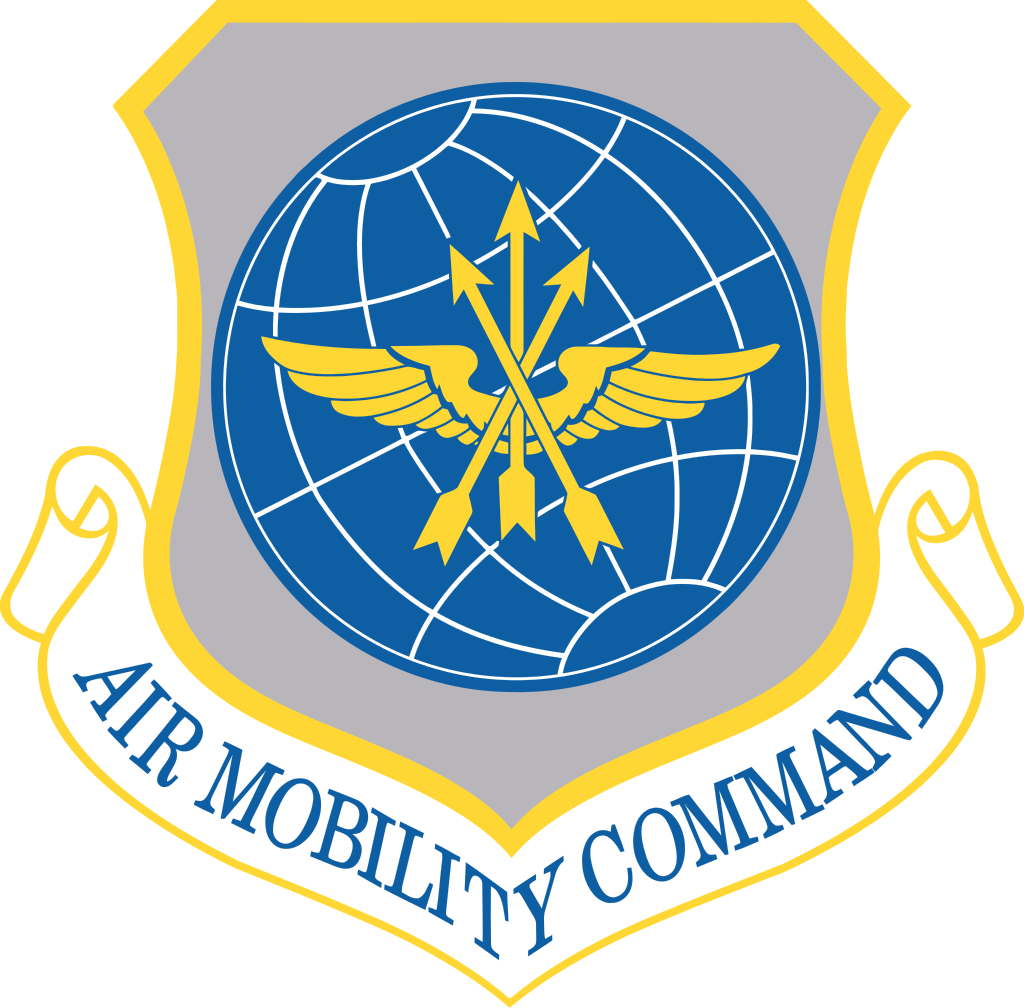
AIR MOBILITY COMMAND
| Unit | Airbase | Aircraft | Cabin Crew |
| 1st Air Mobility Squadron | Dover AFB, Delaware | x1 C-5B | 7 /// x1 aircraft commander, x1 pilot, x2 flight engineers, x3 loadmasters |
| 4th Air Mobility Squadron | Ellington AFB, Texas | x2 C-40 | 12 /// x4 pilots, x2 crew chief, x2 loadmaster, and x4 second loadmasters |
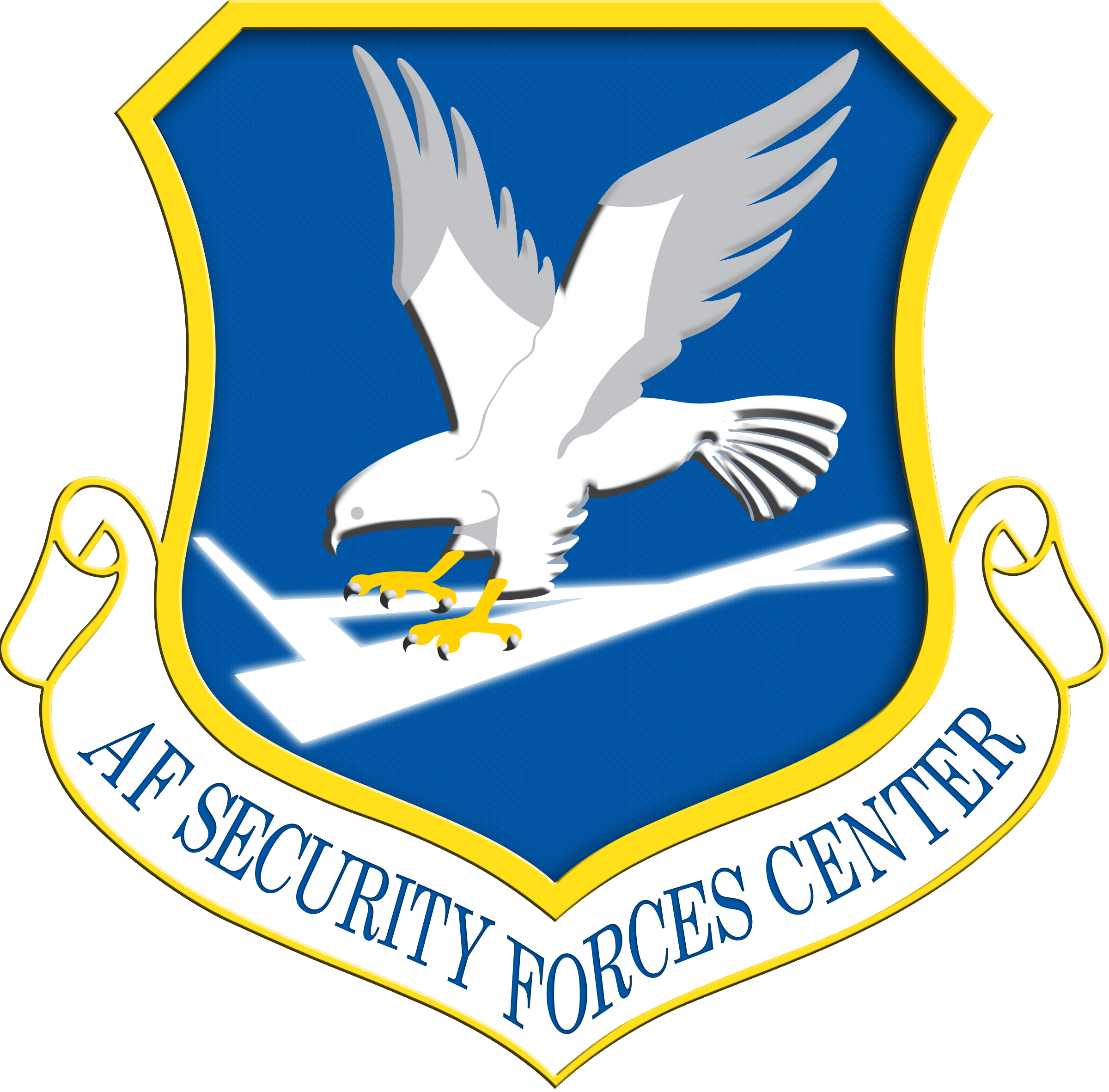
AIR FORCE SECURITY FORCES
| ORDER OF BATTLE | PERSONNEL | GARRISON |
| 7th Security Forces Squadron | 100 | Andrews AFB, Maryland |
DETAILS
VC-25 - Fully Fueled; x4 Pilots, x22 Mission Crew; Pilots fully rested; All crew uniformed; Food and beverages for two trans-Atlantic flights; Compasses and all necessary maps (terranean and deep-sea topographic maps) and other necessary standard on-board equipment and emergency manuals for VC-25; Full loadout of standard physical and electronic countermeasures for VC-25.
E4-B - Fully Fueled; x4 Pilots, x108 Mission Crew; Pilots fully rested; All crew uniformed; Food and beverages for two trans-Atlantic flights; Compasses and all necessary maps (terranean and deep-sea topographic maps) and other necessary standard on-board equipment and emergency manuals for VC-25; Full loadout of standard physical and electronic countermeasures for E4-B.
C-5B - Fully Fueled; x7 Crew (aircraft commander, pilot, 2 flight engineers, 3 loadmasters) uniformed; Crew fully rested and uniformed; Food and beverages for two trans-Atlantic flights; Compasses and all necessary maps (terranean and deep-sea topographic maps) and other necessary standard on-board equipment and emergency manuals for C-5B.
C-40 Clipper - x6 Crew (x2 pilots, x1 crew chief, x1 loadmaster, and x2 second loadmasters); Crew fully rested and uniformed; Food and beverages for two trans-Atlantic flights; Compasses and all necessary maps (terranean and deep-sea topographic maps) and other necessary standard on-board equipment and emergency manuals for C-40.
Air Force Security Forces - x1 M4 Carbine Assault Rifle and x7 loaded magazines; x1 M9 Semiautomatic Pistol and x5 loaded magazines; combat uniform.

| 
MARINE CORPS DEPLOYMENT | 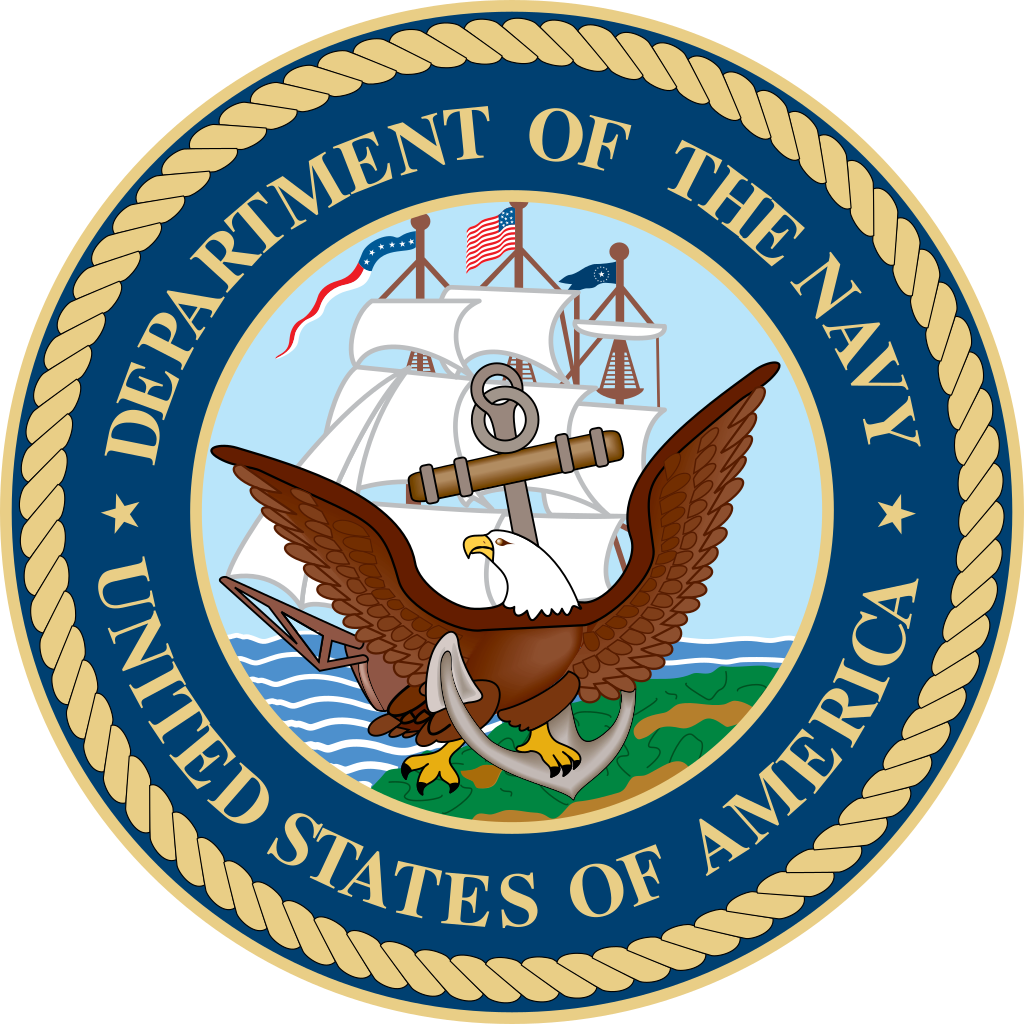
|
|
| Marine Helicopter Squadron One | Marine Corps Air Facility Quantico | x3 VH-60N | 12 /// x6 pilots, x6 crew chiefs |
VH-60N - Fully Fueled; x2 Pilots, x2 Mission Crew; Pilots and crew fully rested; All crew uniformed; Compasses and all necessary maps (terranean and deep-sea topographic maps) and other necessary standard on-board equipment and emergency manuals for VH-60N; Full loadout of standard physical and electronic countermeasures for VH-60N.
TOP SECRET |
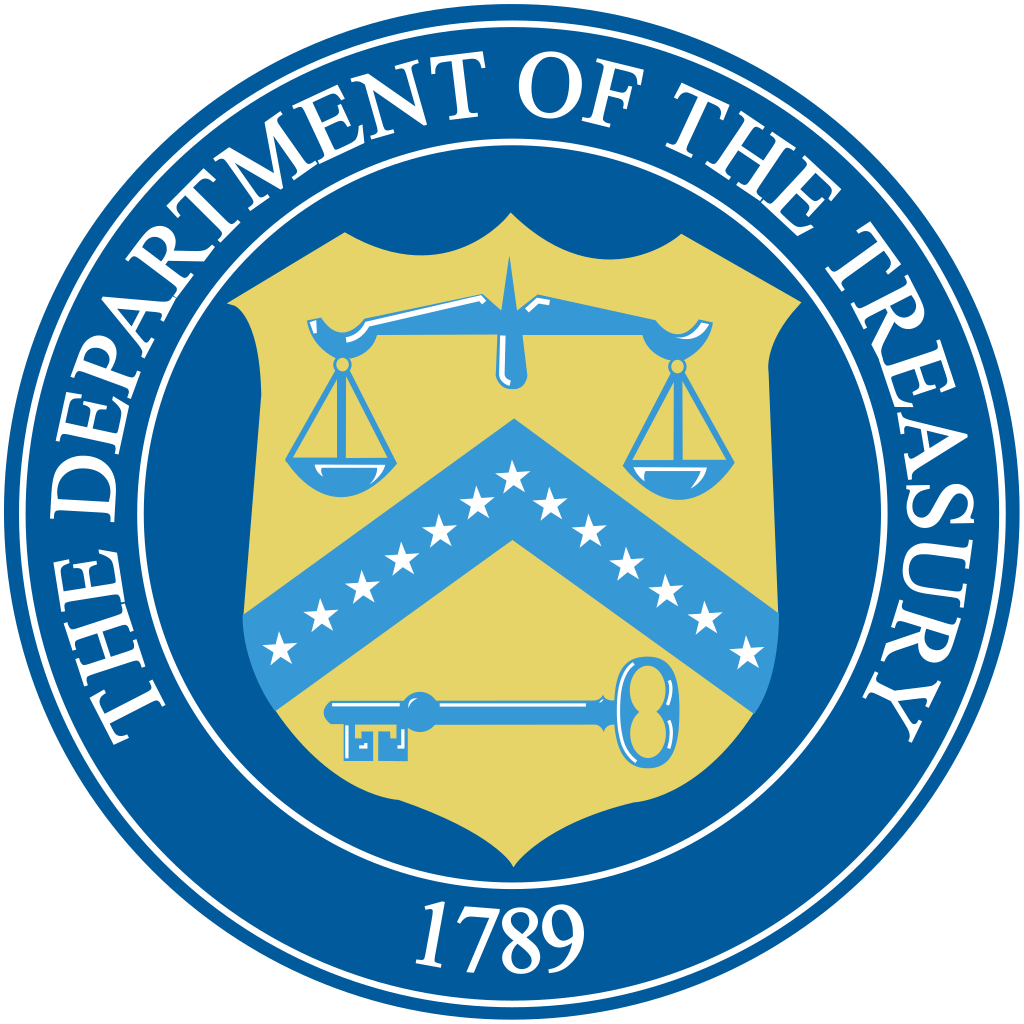
| 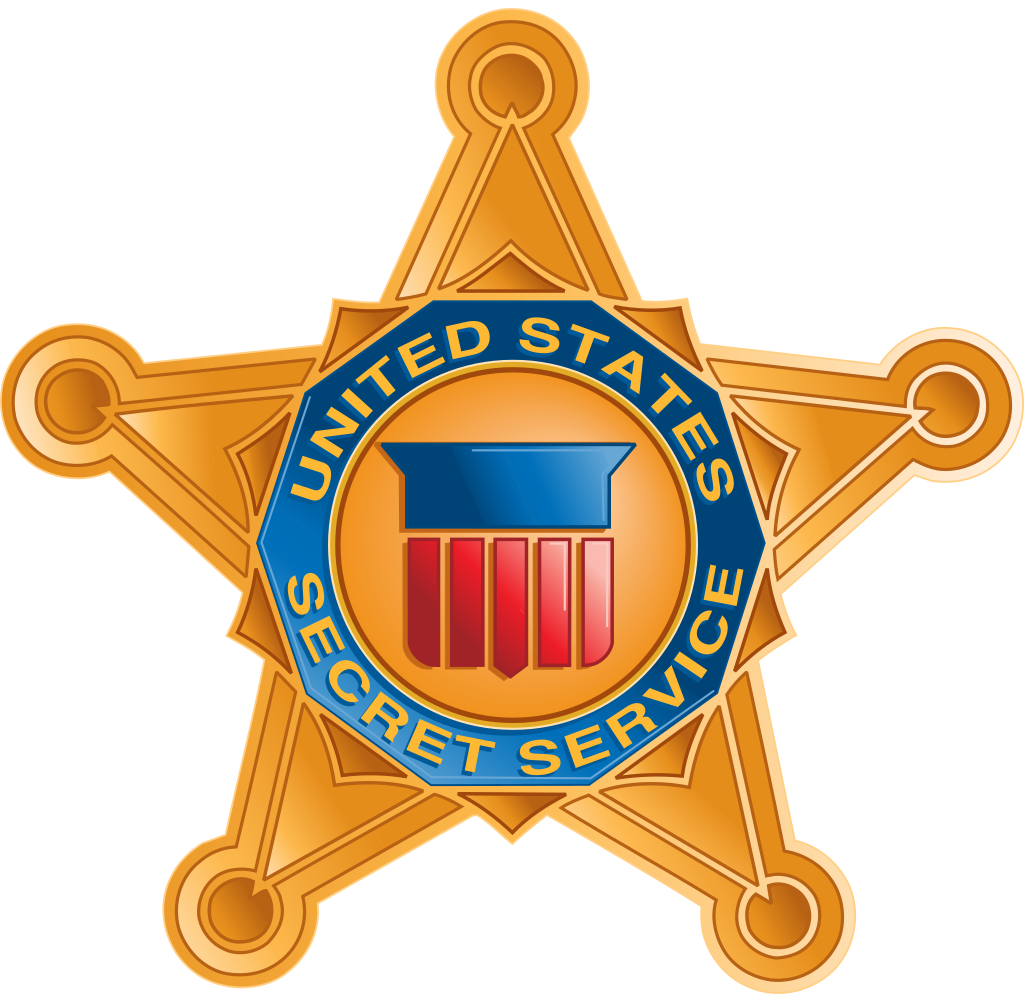
U.S. SECRET SERVICE ATTACHMENT | 
|
|
| ORDER OF BATTLE | PERSONNEL | GARRISON |
| Presidential Protection Detail | 40 Special Officers | The White House, Washington D.C. |
| Presidential Protection Detail | 5 Special Agents | The White House, Washington D.C. |
DETAILS
Special Officers - x1 SIG-Sauer P229 +5 magazines; x1 FN P90 +2 magazines; x1 Secret Service bullet proof vest under dress shirt; All weapons concealed under suit jacket of agent;
Special Agents - x1 SIG-Sauer P229 +5 magazines; All weapons concealed under suit jacket of agent.
|

| 
DEPLOYMENT ORDERS | 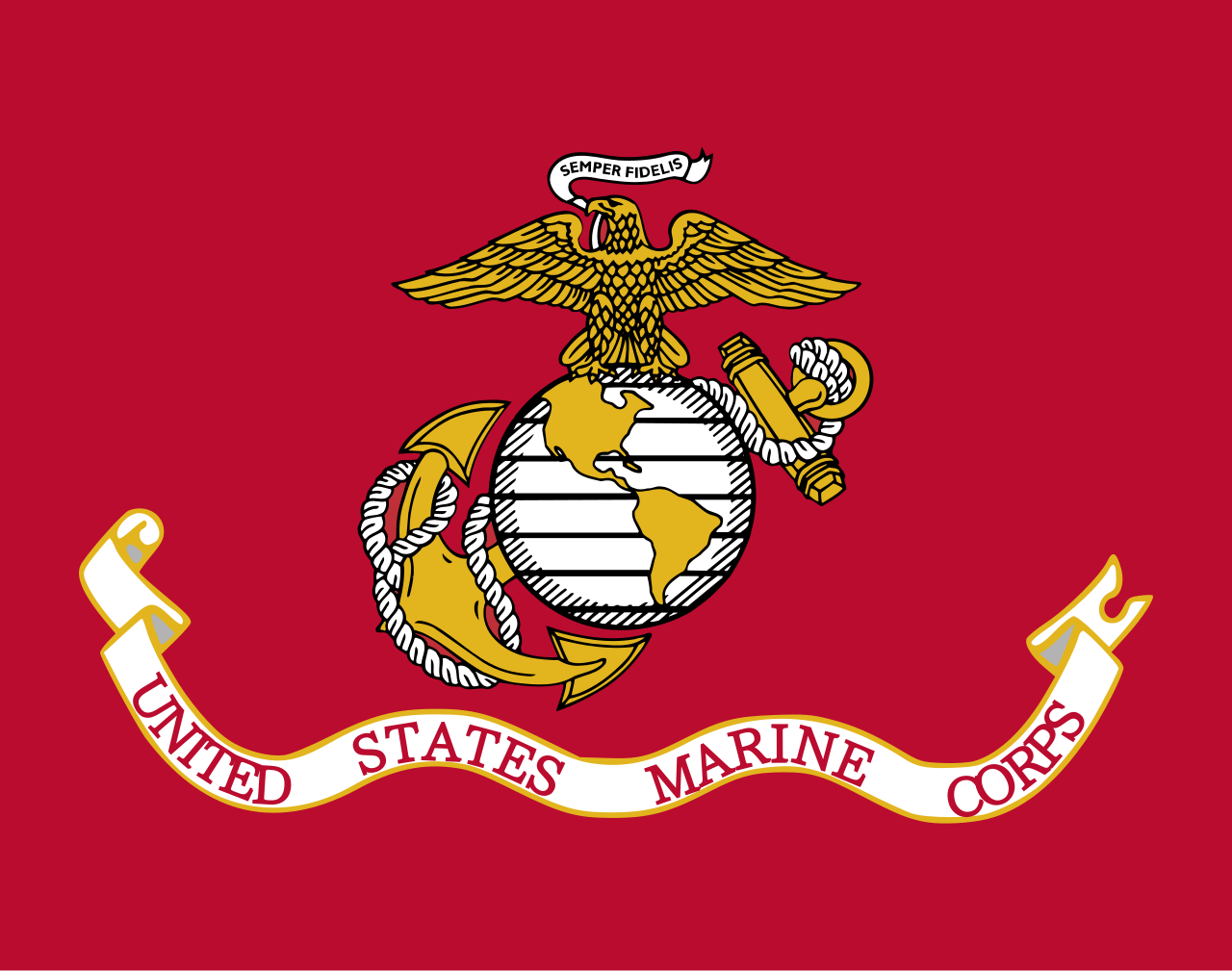
|
|
CONTEXT
A growing humanitarian crisis in France meant that some ten-thousand American citizens were now stranded, for one reason or another, in The Netherlands. While some of these people were in The Hague or Amsterdam, the vast majority were freezing in the coldest part of the winter on the Dutch-Belgian border after having walked there from France. After back-and-forth conversation with the American Ambassador to The Netherlands John F. Kennedy Jr., and back-and-forth conversation with the Dutch government, President Gore decided that it would be necessary for he to come to the country and visit with stranded Americans, some of which did not have travel documents. The President would come with the approval of the Dutch Prime Minister. The Dutch government and military would be specifically informed of all of the military, security, and civilian assets that would be coming to The Netherlands to ensure the protection of the President. Still, these measures would not be as significant as would normally be taken on other trips. While every effort was made to make sure there was no confusion about American logistics, only a select few people in the Dutch government would be informed of the 30-minute window of when Air Force One would be entering Dutch airspace. If asked, they would specify that a Dutch Air Force escort into and over The Netherlands was not necessary.
A request would be made to the United Kingdom to allow Air Force One and accompanying aircraft to fly through British airspace to The Netherlands.
A request would be made to the United Kingdom to allow Air Force One and accompanying aircraft to fly through British airspace to The Netherlands.
HOMELAND
To prepare for President Gore's departure, the Air Force, Marines, and Secret Service began organizing logistics so that everything would be ready once he arrived. All associated aircraft, personnel, equipment, and weapons listed above were brought to Andrews Air Force Base in Maryland. The very first measure was to load the pilots, crews, and Air Force Security Forces upon the two C-40s. On one of the C-40s would be 75 Security Forces, 20 special officers of the Secret Service, and the 12 Marines that would be operating the President's helicopters; while the other would have 25 Security Forces, 10 Secret Service special officers, and 20 Delta Force operators. The E-4B would also have all of its assigned personnel brough aboard. Finally, the crew would be brought onto the C-5B and the three VH-60N helicopters would be properly loaded and locked down inside of the C-5B. The crews for the helicopters would travel aboard Air Force One. These aircraft would depart sequentially, one after the other, with a few minutes between, after pre-flight checks had been done and all of the aircraft had been brought up to the proper internal temperatures and pressures. The C-40 containing 75 Security Forces and the C-5B would fly within a mile of each other at their respective normal cruising altitudes and speeds to Woensdrecht Airport, which the Dutch had requested to be the primary rendezvous point of American arrivals in The Netherlands (outside of the FOB). The C-40 containing 25 Security Forces and the E-4 would fly to Gilze-Rijen Air Force Base, which was the FOB. In all likelihood, there would be no need for these additional aircraft going to Gilze-Rijen Air Force Base.
The President boarded Air Force One along with the crew, members of the President's senior staff, the President's Emergency War Officer (who was a Major in the Air Force), government employees from the Social Security Administration, and 10 special officers and 5 special agents of the Secret Service. Once the local airspace out to the Atlantic was redirected or grounded, Air Force One took off after completing all pre-flight checks, being fully-fueled, and brought to the appropriate internal pressures and temperatures. Air Force One would fly at its normal cruising altitude and speed and make a heading for Woensdrecht Airport.
All of these aircraft would fly exclusively through American, international, British, and Dutch airspace only; but would take the most direct route otherwise in order to ensure that they had enough fuel to make it to their destination.
The C-5B Galaxy and the aforementioned C-40 (which first flew to Hanscom AFB in Massachusetts and then was fully fueled and then continued on) destined for Woensdrecht Airport would request clearance to enter Dutch airspace and take the appropriate flight paths to Woensdrecht Airport where they were being expected. The C-40 would land first, followed by the C-5B. Secret Service would first depart from the C-40 and greet their Dutch counterparts. It would be explained to their liaison that the C-5B contained Marine One, Two, and Three and that the C-40 contained additional Secret Service who and Air Force Security Forces who would directly protect the aircraft on the ground throughout the duration of the President's visit. If there were no issues, the helicopters would be carefully unloaded and prepared for operation. The Marine pilots and crew would inspect the aircraft and bring them into working order as they awaited the arrival of the President. Pre-flight tests would be made and everything would be checked to ensure that the helicopters had not been damaged in transport. Meanwhile, the armed Security Forces would depart the C-40 and coordinate with their Dutch colleagues to defend all American aircraft based at Woensdrecht Airport. The security of the airport itself was entirely in the hands of the Dutch, of course, as would be the inner workings of the airport. To simplify things for the Dutch, the Security Forces (with some minimal assistance from the Secret Service) simply desired to maintain a physical perimeter made up of the armed airmen at all times. The soldiers would take eight hour shifts of physically standing around the aircraft and ensuring their direct security. Priority would, of course, shift to Air Force 1 once it arrived. Additional Secret Service or forces on break would use the facilities provided to them by the Dutch.
Meanwhile, the E-4 and the other C-40 (which first flew to Hanscom AFB in Massachusetts and then was fully fueled and then continued on) that were destined for Gilze-Rijen Air Force Base would request clearance to enter Dutch airspace and take the appropriate flight paths to Gilze-Rijen Air Force Base where they were being expected. The C-40 would land first, followed by the E-4. Secret Service would first depart from the C-40 and greet their Dutch counterparts. It would be explained to their liaison that the E-4 was there in the event that Air Force 1 was incapacitated or if a war began between the United States and another country. In other words, the E-4 was likely not going to be needed, but it was the bare minimum of additional aircraft required for a Presidential visit. The armed Security Forces would depart the C-40 and coordinate with their Dutch colleagues to defend these two American aircraft based at Gilze-Rijen Air Force Base. The security of the base itself was entirely in the hands of the Dutch, of course, as would be the inner workings of the base. To simplify things for the Dutch, the Security Forces (with some minimal assistance from the Secret Service) simply desired to maintain a physical perimeter made up of the armed airmen at all times. The soldiers would take eight hour shifts of physically standing around the aircraft and ensuring their direct security.
Assuming that there were no issues and everything had gone according to plan, Air Force One would request to enter Dutch airspace twelve minutes into the thirty-minute window that the Secret Service had given to the Dutch. She would follow directions given by Dutch air traffic control and request to land at Woensdrecht Airport. Once she landed the primary focus of security would focus to Air Force One and Marine One. The President, the President's EWO, four armed Secret Service special officers, and two unarmed Secret Service special agents would prepare to depart AF1. Marine One and Two would contain members of the Presidents staff and other VIPs, as well as a total of ten additional (unarmed) special officers in the Secret Service. The three helicopters would await the arrival of the Dutch Prime Minister and, once he arrived to the tarmac, President Gore and the aformentioned peoples would depart from the aircraft. President Gore would shake hands with the Minister-President and invite him onto Marine One.
The President boarded Air Force One along with the crew, members of the President's senior staff, the President's Emergency War Officer (who was a Major in the Air Force), government employees from the Social Security Administration, and 10 special officers and 5 special agents of the Secret Service. Once the local airspace out to the Atlantic was redirected or grounded, Air Force One took off after completing all pre-flight checks, being fully-fueled, and brought to the appropriate internal pressures and temperatures. Air Force One would fly at its normal cruising altitude and speed and make a heading for Woensdrecht Airport.
All of these aircraft would fly exclusively through American, international, British, and Dutch airspace only; but would take the most direct route otherwise in order to ensure that they had enough fuel to make it to their destination.
THE NETHERLANDS
The C-5B Galaxy and the aforementioned C-40 (which first flew to Hanscom AFB in Massachusetts and then was fully fueled and then continued on) destined for Woensdrecht Airport would request clearance to enter Dutch airspace and take the appropriate flight paths to Woensdrecht Airport where they were being expected. The C-40 would land first, followed by the C-5B. Secret Service would first depart from the C-40 and greet their Dutch counterparts. It would be explained to their liaison that the C-5B contained Marine One, Two, and Three and that the C-40 contained additional Secret Service who and Air Force Security Forces who would directly protect the aircraft on the ground throughout the duration of the President's visit. If there were no issues, the helicopters would be carefully unloaded and prepared for operation. The Marine pilots and crew would inspect the aircraft and bring them into working order as they awaited the arrival of the President. Pre-flight tests would be made and everything would be checked to ensure that the helicopters had not been damaged in transport. Meanwhile, the armed Security Forces would depart the C-40 and coordinate with their Dutch colleagues to defend all American aircraft based at Woensdrecht Airport. The security of the airport itself was entirely in the hands of the Dutch, of course, as would be the inner workings of the airport. To simplify things for the Dutch, the Security Forces (with some minimal assistance from the Secret Service) simply desired to maintain a physical perimeter made up of the armed airmen at all times. The soldiers would take eight hour shifts of physically standing around the aircraft and ensuring their direct security. Priority would, of course, shift to Air Force 1 once it arrived. Additional Secret Service or forces on break would use the facilities provided to them by the Dutch.
Meanwhile, the E-4 and the other C-40 (which first flew to Hanscom AFB in Massachusetts and then was fully fueled and then continued on) that were destined for Gilze-Rijen Air Force Base would request clearance to enter Dutch airspace and take the appropriate flight paths to Gilze-Rijen Air Force Base where they were being expected. The C-40 would land first, followed by the E-4. Secret Service would first depart from the C-40 and greet their Dutch counterparts. It would be explained to their liaison that the E-4 was there in the event that Air Force 1 was incapacitated or if a war began between the United States and another country. In other words, the E-4 was likely not going to be needed, but it was the bare minimum of additional aircraft required for a Presidential visit. The armed Security Forces would depart the C-40 and coordinate with their Dutch colleagues to defend these two American aircraft based at Gilze-Rijen Air Force Base. The security of the base itself was entirely in the hands of the Dutch, of course, as would be the inner workings of the base. To simplify things for the Dutch, the Security Forces (with some minimal assistance from the Secret Service) simply desired to maintain a physical perimeter made up of the armed airmen at all times. The soldiers would take eight hour shifts of physically standing around the aircraft and ensuring their direct security.
Assuming that there were no issues and everything had gone according to plan, Air Force One would request to enter Dutch airspace twelve minutes into the thirty-minute window that the Secret Service had given to the Dutch. She would follow directions given by Dutch air traffic control and request to land at Woensdrecht Airport. Once she landed the primary focus of security would focus to Air Force One and Marine One. The President, the President's EWO, four armed Secret Service special officers, and two unarmed Secret Service special agents would prepare to depart AF1. Marine One and Two would contain members of the Presidents staff and other VIPs, as well as a total of ten additional (unarmed) special officers in the Secret Service. The three helicopters would await the arrival of the Dutch Prime Minister and, once he arrived to the tarmac, President Gore and the aformentioned peoples would depart from the aircraft. President Gore would shake hands with the Minister-President and invite him onto Marine One.
TRANSIT
FM>FN>GN>HN>IN>IO>JO
Dutchy
|


